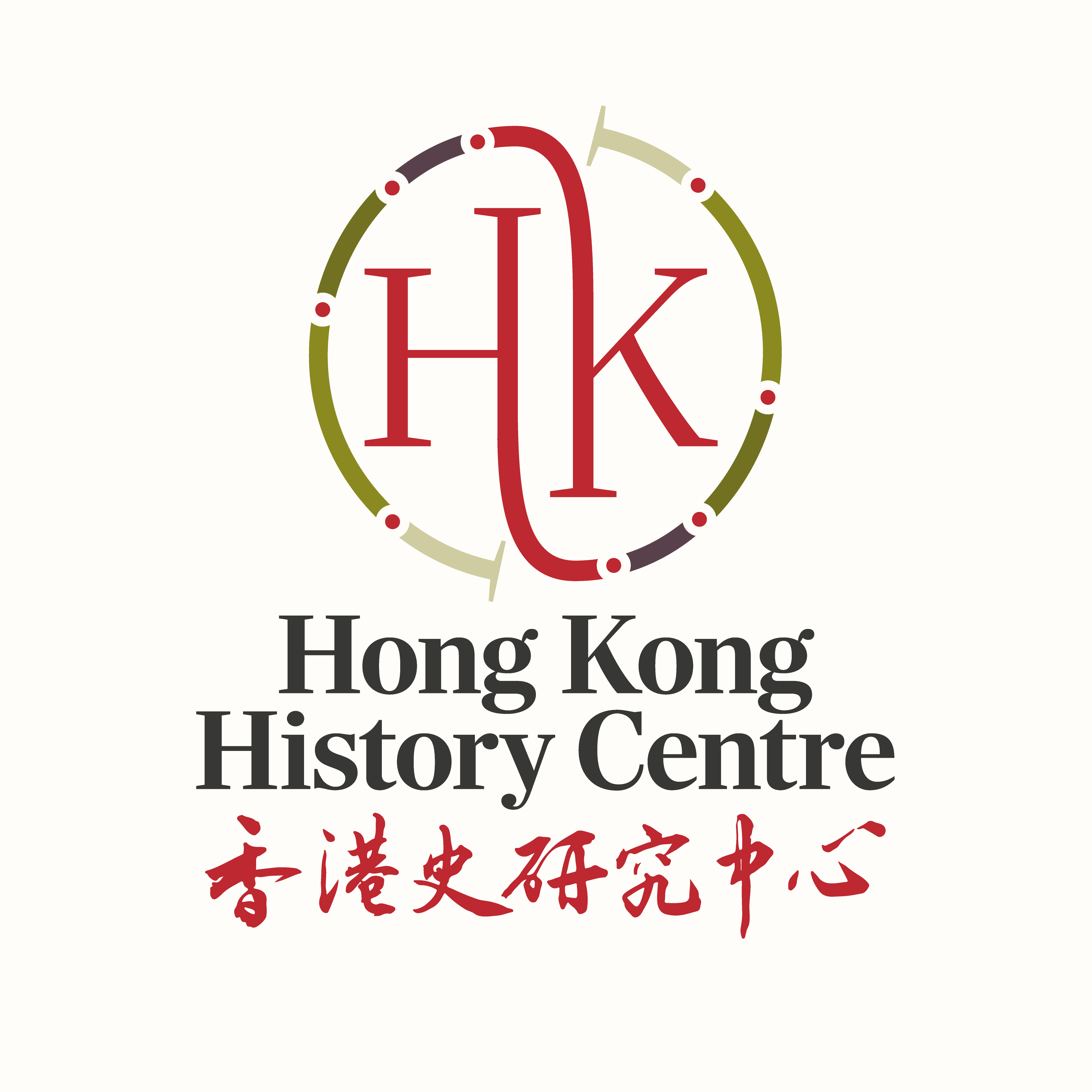
By Vaudine England
Since the death of Dan Waters, aged 95, in Hong Kong on 27 January this year, he has rightly been lauded for many things: charm and personality, astounding memory, karate black belt, marathons after 60, and of …
25/02/16
By Vaudine England
I’m still hoping to be proven wrong in claiming that just two serious articles were published in the 20th century on the subject of Eurasians in Hong Kong. The first was Sir Challoner Grenville Alabaster’s ‘Observations on …
20/11/15
Continuing their espousal of the Eurasian ‘problem’, two authors writing in 1955, Thompson & Adloff, lament the small size of Eurasian communities and their lack of cohesion which leaves them in a weak bargaining position; despite being stable and smart, …
16/10/15By Vaudine England
Since the death of Dan Waters, aged 95, in Hong Kong on 27 January this year, he has rightly been lauded for many things: charm and personality, astounding memory, karate black belt, marathons after 60, and of …
25/02/16By Vaudine England
I’m still hoping to be proven wrong in claiming that just two serious articles were published in the 20th century on the subject of Eurasians in Hong Kong. The first was Sir Challoner Grenville Alabaster’s ‘Observations on …
20/11/15Continuing their espousal of the Eurasian ‘problem’, two authors writing in 1955, Thompson & Adloff, lament the small size of Eurasian communities and their lack of cohesion which leaves them in a weak bargaining position; despite being stable and smart, …
16/10/15